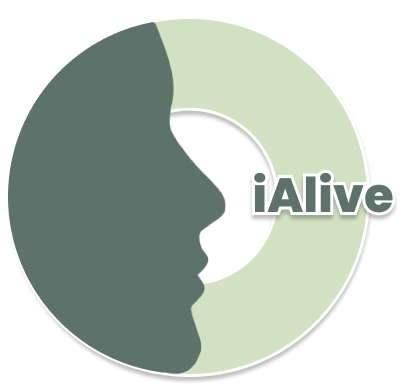Watching from China? Try
Transcript
Module 1: Introduction To Suicide Prevention
Let’s Get Acquainted with the Facts About Suicide
There are many myths about suicidal behavior that distort the truth and influence how we respond to those in distress. That’s why it’s essential to learn the facts about suicide. In this section, we’ll explore some key facts, and in later segments, we’ll cover more.
People experiencing suicidal distress often try to communicate their feelings through words or actions, but these signals can be subtle and easy to miss. In Module 2, ‘Risk of Suicide – When, Who, and Why?’, we’ll explore how to better recognize these signs.
Individuals thinking about suicide are typically torn between a desire to live and a wish to end their suffering. While they may find life overwhelming, many still hold onto the hope for relief and genuinely want help. Recognizing this can guide us in offering meaningful support.
A common myth is that asking someone about suicide might trigger suicidal thoughts. This is not true. Openly discussing suicide can provide immense relief to someone in distress and give them the opportunity to share their feelings. It shows that they are not alone and that someone cares enough to listen.
Many suicides can be prevented with the right support and timely intervention. When someone expresses their distress or provides signals, having the knowledge and willingness to act can greatly increase the chances of helping them. However, it’s also important to acknowledge that despite our best efforts and intentions, some individuals may still die by suicide. This is never the fault of those who tried to help. Suicide is complex, and no one is to blame for such a tragedy.

